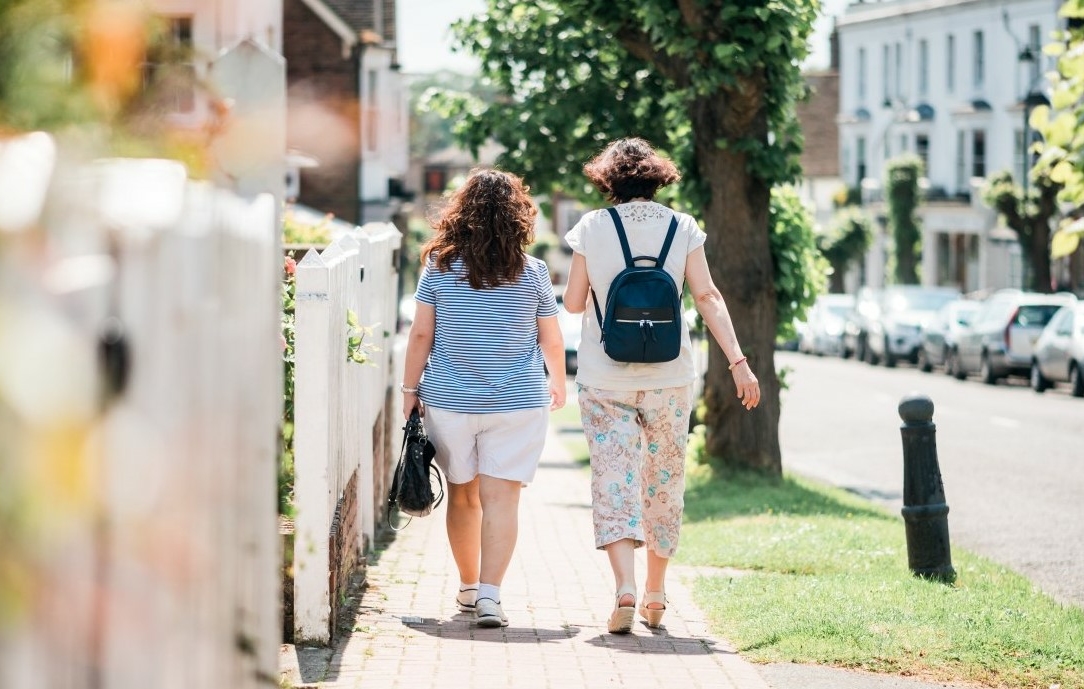At a glance
The Office for National Statistics (ONS) needed in-depth data on why six social groups were less likely to follow the UK’s coronavirus (COVID-19) guidance to quickly inform thinking about the evolving approach to the pandemic, across the UK government. Through 180 90-minute in-depth video interviews using techniques such as sentence completion, diaries and online forums, and analysis using the COM-B behavioural model, we built a richer picture of individuals’ lives and better understood the factors shaping responses to the coronavirus guidance.
About the client
The Office for National Statistics (ONS) is the UK’s largest independent producer of official statistics and its recognised national statistical institute. They’re responsible for collecting and publishing statistics related to the economy, population and society at national, regional and local levels.
Challenges and objectives
The ONS wanted to accompany its statistics on the public’s behaviours in relation to the pandemic with some in-depth insight to help them explain why some groups of people were known to have lower levels of compliance with the UK’s coronavirus (COVID-19) guidance. The challenge was, would members of the public know what the guidance was actually telling them to do? Would they be fully aware of why they weren’t following it? And would they be willing to admit to not following it, or be frank enough about their reasons? There was a high risk of people telling us what they thought it was ‘more acceptable’ to say, or coming up with rational justifications for their behaviour (that don’t really reflect how people think).
ONS also needed findings for each of the social groups with lower compliance with the guidelines (low-income workers; young people; students; parents with dependent children; people from an ethnic minority; and high-income workers) quickly.

Solution
IFF conducted 180 in-depth video interviews with members of the public to explore these issues in depth. To keep the discussions ‘real’ while also rooting them in the reality of what the COVID guidance actually was, interviewers began by exploring what members of the public remembered about the guidance and how they acted on it. They then used a summary of the guidance on cards, to brief each member of the public on the actual guidance, as a starting point for a discussion about what the guidance was really telling them to do. As the COVID guidance varied over time and in different parts of the UK, sets of nation-specific briefing cards were used, with frequent reviews to ensure they were up to date.
To avoid just hearing ‘more acceptable’ versions of what people were doing in response to the guidance, or overly-logical, simplistic explanations of why, interviewers used various strategies, to ensure ONS received reliable evidence. Firstly, they carefully reassured respondents that they were interested in how they really thought, felt and behaved about the COVID guidance, and weren’t judging them. The interviewers also spent time before the interviews, thinking about things that they might hear or that they might find triggering – to avoid any negative reactions, however subtle, to what they heard. They were also able to reassure that, unless respondents told us they were deliberately doing things to put others at risk, everything they said would be anonymous.

The interviews were designed to help ONS understand what might be influencing peoples’ behaviours, more thoroughly. Extended, 90-minute video in-depth interviews were employed, using techniques such as sentence completion, diaries and online forums to generate a richer picture of behaviours and the influences shaping them. The extended running time allowed interviewers to discuss people’s lives more holistically, to understand their experiences of work, family, and housing pressures within the pandemic generally, and their feelings about all this. Diaries and online forums were particularly helpful in collecting thoughts and feelings in ‘real time’, such as how they were reacting to media coverage or measures put in place in shops and public spaces.
Discussions and analysis were all built around the COM-B behavioural model, which is a framework for understanding how people’s capabilities, opportunities and motivation influence their behaviour. This allowed a more systematic exploration of how knowledge, social, home and work environments and motivation shaped behaviours.
So ONS could get findings quickly, the fieldwork was organised so that all six social groups with lower compliance were interviewed at the same time, while deliberately staggering the social group that was the main focus at each point. This method meant that ONS were able to receive early findings for each social group rapidly, within a couple of weeks of fieldwork starting.
“IFF bent over backwards to help us. It felt like we were working as a team towards the same goal. IFF felt very organised with great operational processes so that everyone seemed up to date with what was going on. IFF were clear on how they were going to address set-backs which ensured that the project as a whole didnt fall behind – impressive given COVID. Overall, IFFs customer service, flexibility and operations processes were outstanding.”
Rachel McSweeney,
Lead Analyst, ONS
Impact
This approach allowed ONS and stakeholders across the UK government, to get emerging findings for specific social groups every couple of weeks.
Exploring what people could remember about the guidance, and then briefing them on it, revealed what the public was remembering more easily and what they tended to find confusing. Interviewer efforts to be non-judgemental seemed to pay off, in that they heard plenty about how people made trade-offs between following the guidance and ‘doing the right thing’ in other ways (such as safeguarding their own mental health, caring for relatives or looking out for their children’s wellbeing or development). Often people had weighed one up against the other and felt justified in not following parts of the guidance.
Interviewers also heard about people weighing up the likelihood of catching or spreading the virus and substituting official guidance with their own risk reduction measures. They even heard from a handful who were simply disregarding the guidance – suggesting that the sample was representative sample, including a full range of views, and that interviewers were successful in encouraging people to ‘open up’ to them. Overall, the study revealed that, when individuals were not following the guidance, it was often for practical reasons with well-intentioned thinking behind it.





